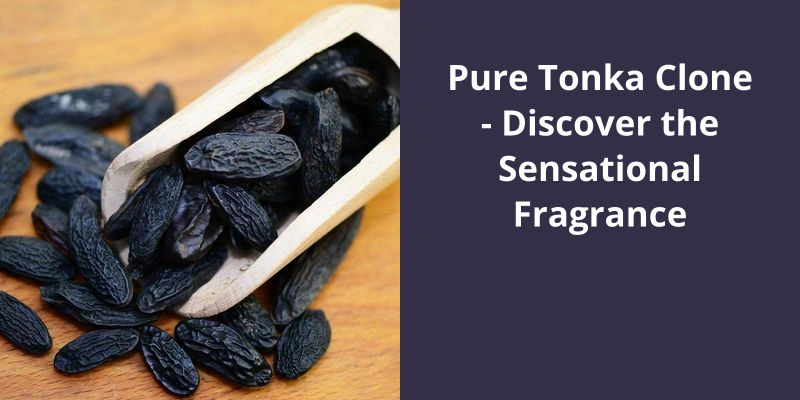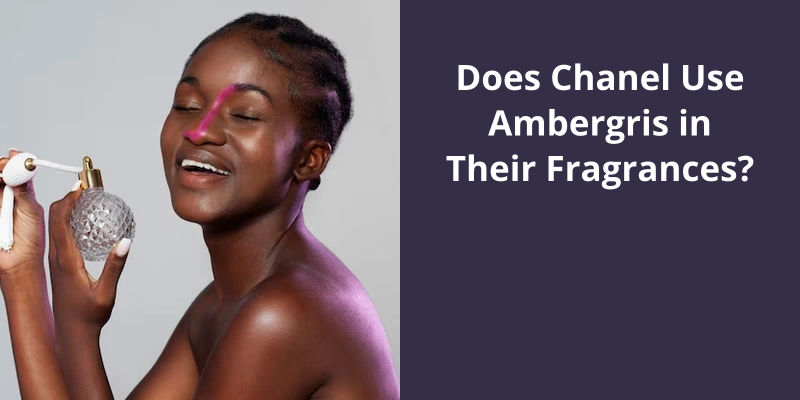Attar is so expensive because of the extensive and time-consuming process required to produce it, and the rare and precious ingredients it contains. It involves a process called steam distillation, where flowers, herbs, or other natural substances are slowly steamed to extract their aromatic essence. This process can take anywhere from a few hours to several days, and can require thousands of flowers merely to produce a small amount of oil. Furthermore, some of the ingredients used in attar, such as oud, rose, or saffron, are rare or seasonal, which further drives up the cost. The artisanal nature of the process also adds to the price, as experienced perfumers, or ‘noses,’ selectively combine and balance different ingredients to create a unique and pleasing fragrance. In addition, the age of the attar can also affect its price, as its scent tends to develop and improve with time, much like a fine wine. Therefore, all these factors contribute to the high price of attar.

Why Do Muslims Use Attar?
In the Muslim community, the use of attar is a very common practice. Attar has been used for centuries by Muslims as a personal perfume due to the fact that it doesn’t contain any alcohol content. Attar is made from the essential oils extracted from various flowers, herbs, and spices. These essential oils are combined to create unique and long-lasting fragrances that are much loved by the Muslim community.
Apart from being used as a personal perfume, attar has also found extensive use in the pharmaceutical industry. It’s known to have many medicinal properties and is used to make various kinds of medicines. Attar has been found useful in strengthening the nervous system, which can help in curing many neurological conditions. It’s also known to have a calming effect on the mind and is therefore used to treat depression, stress, and anxiety. Moreover, attar is useful in treating food cravings and can be used as a natural appetite suppressant.
Attar is also popularly used during special occasions such as weddings, Eid festivals, and other religious ceremonies. It’s believed that wearing attar during such special occasions brings immense blessings and happiness. Many Muslims also believe that wearing attar is a way of showing respect for Allah and his creation.
It’s a product that not only provides a beautiful fragrance but also has many health benefits. It’s long-lasting fragrance and natural ingredients make it a popular choice among Muslims and people from other communities worldwide.
Attar, also known as ittar or oud, is a traditional aromatic oil perfume that’s been used for centuries in many cultures around the world. While attars have a reputation for being long-lasting and potent, there are many other factors to consider when evaluating their scent profile. In this article, we’ll take a closer look at the fragrance characteristics of attar and explore some of the most popular scents and blends available today.
Does Attar Have a Strong Smell?
Attars, also known as perfume oils, are traditional fragrances that have been used for centuries throughout the Middle East and India. They’re made from natural ingredients and are renowned for their strong, long-lasting scent. Unlike alcohol-based perfumes, which can evaporate quickly and leave only a faint scent, attars stick to the skin and release their fragrance over several hours.
Despite their subtle nature, attars are still very noticeable.
It’s fascinating to know that attar has a rich history in India dating back thousands of years. The use of fragrances and perfumes was an integral part of the Indian culture, especially among the royals. But have you ever wondered which country attar originated from? Let’s explore this further in the following sections.
Which Country Did Attar Originate From?
India had been a popular destination for attar manufacturing and export for centuries. The attar industry, also known as the perfume industry, began in the Mughal era in India. The attar industry was quite famous in the Mughal period, and the Mughals would gift attar bottles to welcome their guests. Attar making has been a tradition in India for centuries, and we see it being mentioned in ancient texts like Charak Samhita and Sushrut Samhita.
The word `attar comes from the Persian word `itr, which means fragrance or perfume. Attars are usually made from natural ingredients such as flowers, herbs, bark, spices, and wood. A large number of flowers are used for attar production, including roses, jasmine, tuberose, and marigold. Sandalwood is another important ingredient in attar making. In India, most of the attar making is done in Kannauj, a city in the northern state of Uttar Pradesh.
The process of attar making is quite tedious and time-consuming. The flowers are picked early in the morning when they’re fresh and then kept in a copper still. The still is then sealed shut and heated over wood or coal. The steam from the flowers condenses on the lid of the still, which is then collected in a container. This liquid is called hydrosol and is the first distilled product. The process is repeated many times to make a stronger scent.
Attars were initially used for medicinal purposes, but with time, they became a luxury item. Attars are still popular in India and are used on special occasions like weddings and festivals. Attars are also used in religious ceremonies like puja, where they’re offered to the gods. India is still one of the largest producers and exporters of attar, and Kannauj remains the hub of attar production in India.
Source: Ittar – Wikipedia
Conclusion
Given the labor-intensive process and the rarity of the raw materials, it isn’t surprising that genuine attars come with a hefty price tag. However, for those who value the unique fragrances and artisanal quality of attars, the expense may be well worth it. Ultimately, the exclusive nature of these scents only adds to their appeal, and for many, the cost is a small price to pay for such a luxurious olfactory experience.





